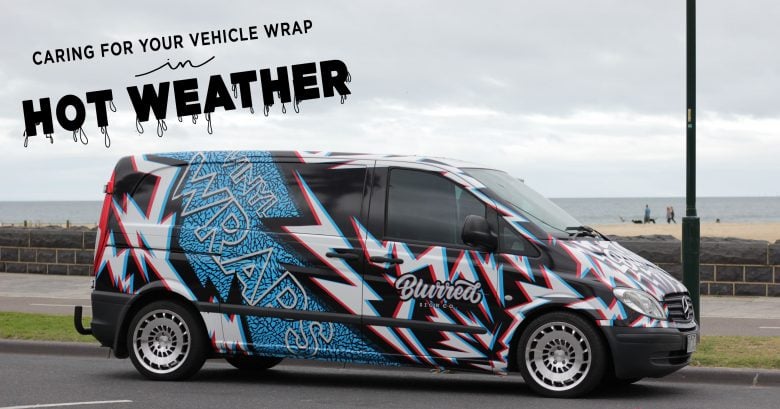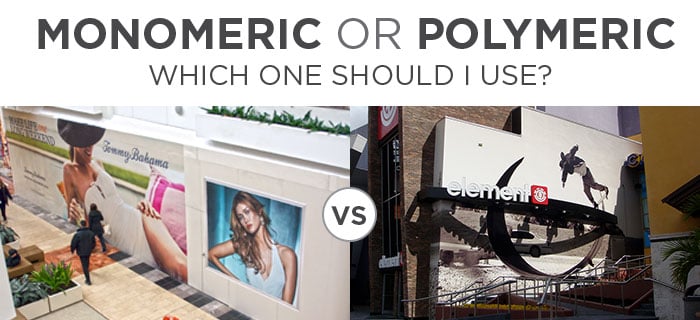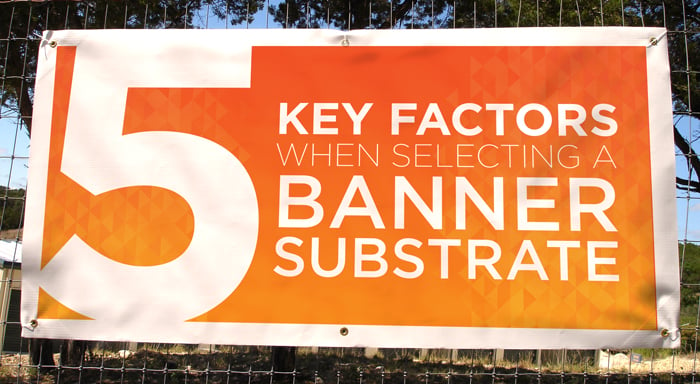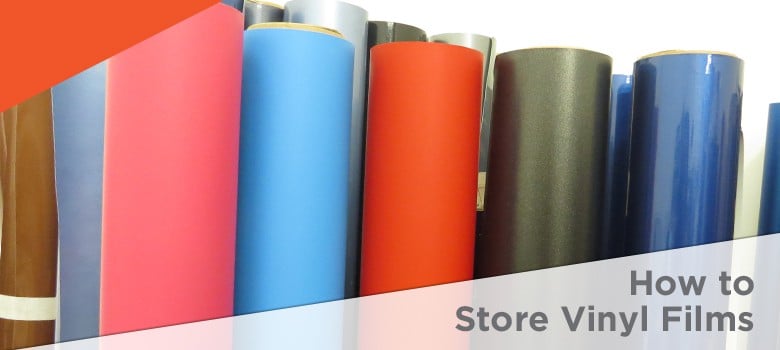Summer months are known for having the longest and hottest days of the year. During this time, the amount of UV exposure increases significantly. An extended amount of UV exposure is the greatest enemy to your vehicle wrap. In these hot weather months, your vehicle is going to be susceptible to damage caused by environmental […]
About Arlon
Established by its original owners in 1958, Arlon Graphics, LLC is now owned by FLEXcon Company Inc. of Spencer, Massachusetts. Arlon Graphics, LLC has grown to be a worldwide organization with several manufacturing locations and strategically positioned distribution warehouses to best service our various customer bases.





